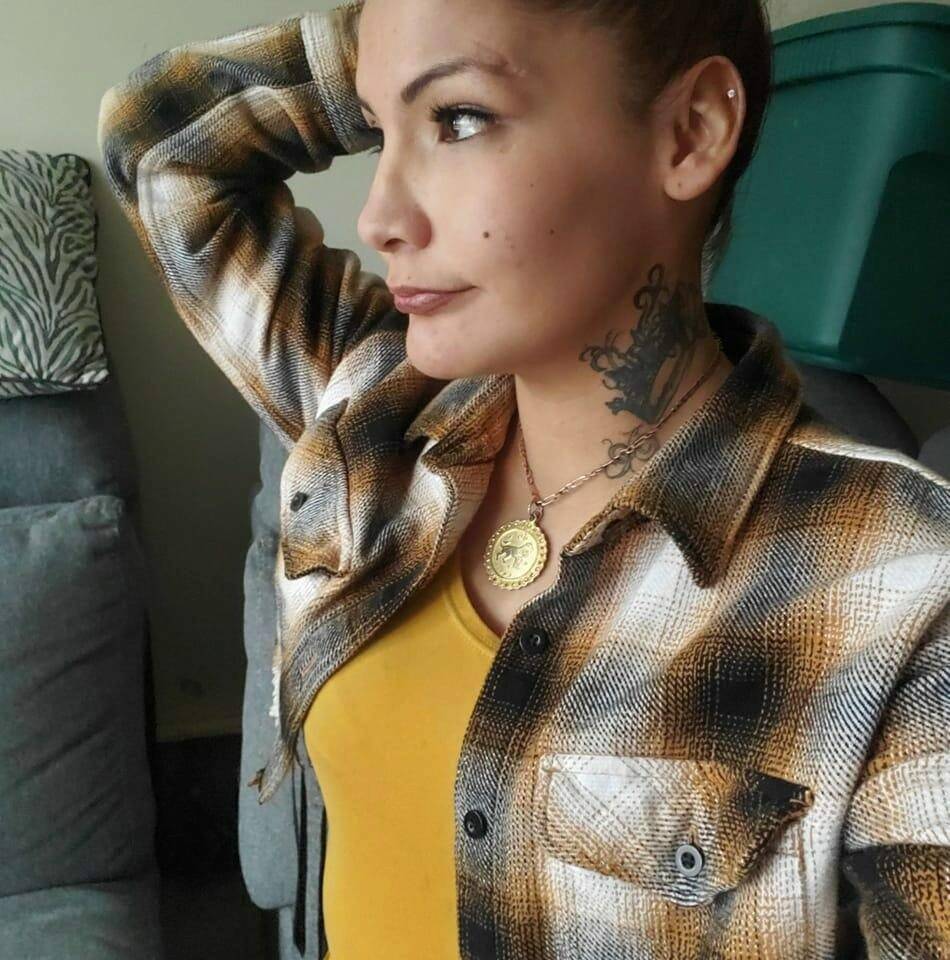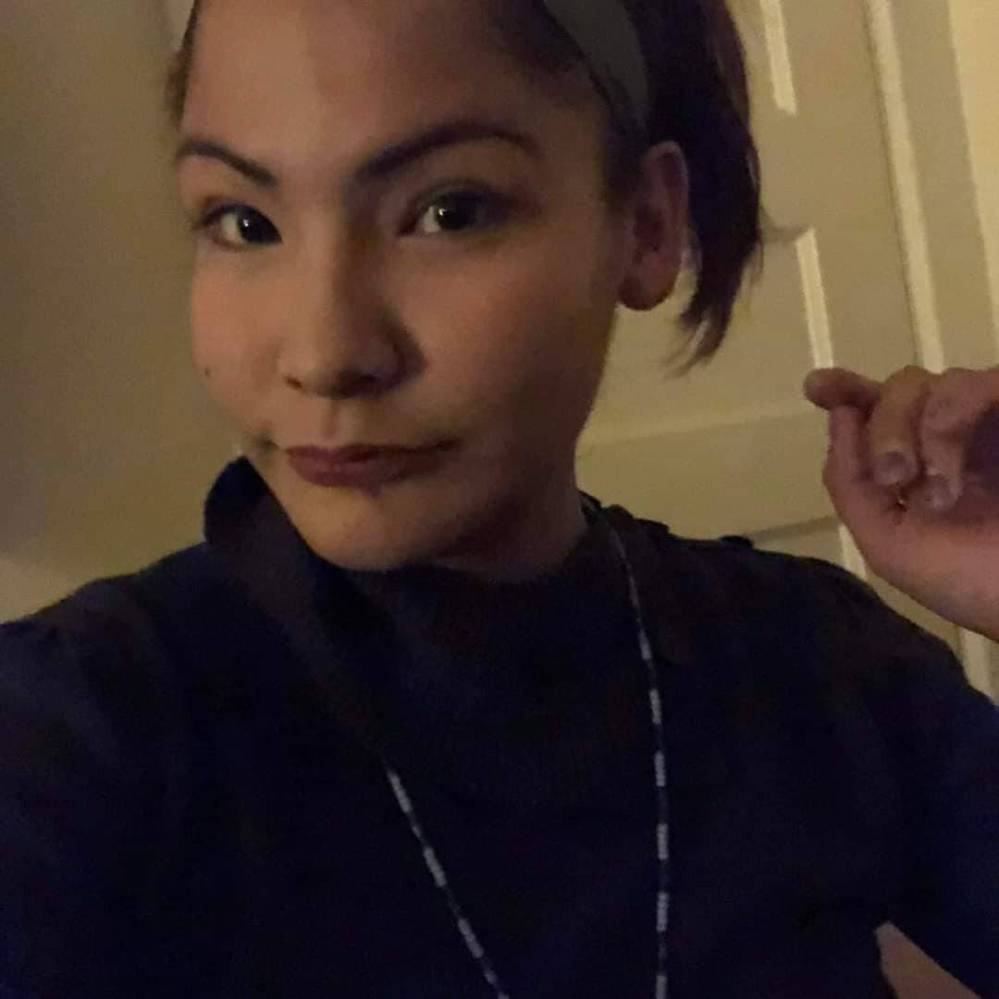What Linda Beardy needed was love; an apathetic society offered a trash bin
Read this article for free:
or
Already have an account? Log in here »
To continue reading, please subscribe:
Monthly Digital Subscription
$1 per week for 24 weeks*
- Enjoy unlimited reading on winnipegfreepress.com
- Read the E-Edition, our digital replica newspaper
- Access News Break, our award-winning app
- Play interactive puzzles
*Billed as $4.00 plus GST every four weeks. After 24 weeks, price increases to the regular rate of $19.00 plus GST every four weeks. Offer available to new and qualified returning subscribers only. Cancel any time.
Monthly Digital Subscription
$4.75/week*
- Enjoy unlimited reading on winnipegfreepress.com
- Read the E-Edition, our digital replica newspaper
- Access News Break, our award-winning app
- Play interactive puzzles
*Billed as $19 plus GST every four weeks. Cancel any time.
To continue reading, please subscribe:
Add Winnipeg Free Press access to your Brandon Sun subscription for only
$1 for the first 4 weeks*
*$1 will be added to your next bill. After your 4 weeks access is complete your rate will increase by $0.00 a X percent off the regular rate.
Read unlimited articles for free today:
or
Already have an account? Log in here »
Hey there, time traveller!
This article was published 06/04/2023 (910 days ago), so information in it may no longer be current.
Another Indigenous female death in Winnipeg.
Writing that makes me ill.
It’s the truth, of course, but saying it over and over again somehow lessens the brutality, and apathy grows outside the Indigenous community.
And that makes the pain worse for those of us inside it.
But it’s the truth.
As I wrote in a column months ago, the beginning of the cure for the normalization of the genocide of Indigenous women, girls and two-spirit/queer peoples is to say the names of those killed by apathy, policy and practice.
And while this latest case is not a homicide, it makes it no less tragic, no less a reflection of how this country has long treated Indigenous women and girls.
The next step is to honour their lives by recognizing that they are daughters, sisters, mothers, aunties and grandmothers.
The final step is to commit and ensure these tragic endings never happen again.
Can we take seriously that Indigenous women, girls, and two spirit/queer peoples experience specific and extensive violence and negative outcomes in Canadian society?
Can we take seriously that Indigenous women, girls, and two spirit/queer peoples experience specific and extensive violence and negative outcomes in Canadian society?
Can we accept that Indigenous peoples are human beings and deserve dignity, respect and protection from cruelty?
Can we commit to one simple thing: that landfills, garbage bins and streets must never be places for Indigenous remains?
Our track record suggests we can’t.
This is how we start.
Her name is Linda Mary Beardy. She’s 33, the youngest of five sisters.
Originally from Lake St. Martin First Nation, she grew up in Winnipeg.
She attended Pinkham school, a few blocks from the Health Sciences Centre, and General Wolfe school in the West End. She also went to school in St. Norbert.
FACEBOOK Winnipeg police Chief Danny Smyth told a news conference that investigators have proof Linda Mary Beardy died after climbing into a refuse bin and there was no evidence of “foul play.”
She was a very proud and strong Christian who regularly attended church.
She lived in an apartment on Pembina Highway. She had four children.
In a statement provided by her family, she was said to be “a super devoted Auntie” who had “a contagious laugh that filled any room she was in.”
We are all better because she lived in this place — and lesser now that she has left.
Thursday afternoon, Winnipeg police Chief Danny Smyth told a news conference investigators have proof she died after climbing into a refuse bin and there was no evidence of “foul play.” Smyth added there was a “toxicology report forthcoming.”
Speaking to people close to Beardy, I can tell you that she — like many Indigenous people — carried a great deal of trauma wrought by residential schools, history and policy.
We may never know why she chose to enter that bin. It’s likely the act of someone who is hungry, struggling or cold.
We may never know why she (Beardy) chose to enter that bin. It’s likely the act of someone who is hungry, struggling or cold.
We may not know exactly how she died, but we certainly know why she did — and how to stop more Indigenous women from dying.
From 2016 to 2019, the National Inquiry into Missing and Murdered and Missing Indigenous Women was led by Marion Buller, Michele Audette, Qajaq Robinson, Marilyn Poitras and Brian Eyolfson — four Indigenous women and one Indigenous man from different directions, nations, genders and sexualities.
Regardless of what one thinks of the government-mandated inquiry, it was the largest nationwide documentation of the issue. The commission called it a “genocide” and came up with 231 “calls for justice” as a road map of solutions.
Addressed to 18 groups and institutions, those 231 calls specifically asked for changes to address: “historical, multigenerational and intergenerational trauma”; “social and economic marginalization”; challenging the “status quo” and “institutional lack of will”; and include “the agency and expertise of Indigenous women, girls and (LGBTTQ+) people.”
Implementing those calls would tackle poverty, addiction and mental-health issues.
They also offer pathways to eradicate racism and gender violence in policing, health care and the child-welfare system.
The calls provide tangible, hopeful and practical solutions for what has become an overwhelming, monstrous and complicated national issue.
In June 2019, Prime Minister Justin Trudeau accepted the final report of the inquiry and committed to turn its calls for justice “into real, meaningful, Indigenous-led action.”
There has been no end to the deaths. Institutions and individuals in Canada continue to mandate reports and “feasibility” studies, showing little to no will to deal with the issue of murdered and missing Indigenous women, girls, and two-spirit/queer peoples.
FACEBOOK Linda Beardy may not have been murdered by an individual, but her life ended because of a society’s apathy, racism and policies that offered a refuse bin when what she needed was love.
Far more attention in public and private worlds, for example, are given to the Truth and Reconciliation Commission’s 94 calls to action.
Linda Beardy may not have been murdered by an individual, but her life ended because of a society’s apathy, racism and policies that offered a refuse bin when what she needed was love.
Read the inquiry’s final report. It will explain what happened to her and thousands of other Indigenous lives.
Then, read the calls for justice. See which apply to you, your work, your family and your community.
Just as everyone is a part of creating a problem, everyone has to be part of the solution.
Can we be serious about how to bring justice to the issue of murdered and missing Indigenous women, girls, and two-spirit/queer people now?
niigaan.sinclair@freepress.mb.ca

Niigaan Sinclair is Anishinaabe and is a columnist at the Winnipeg Free Press.
Our newsroom depends on a growing audience of readers to power our journalism. If you are not a paid reader, please consider becoming a subscriber.
Our newsroom depends on its audience of readers to power our journalism. Thank you for your support.














